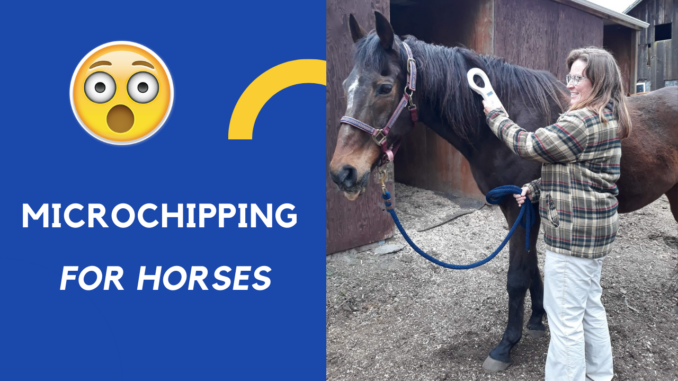
Learn why you should microchip your horse, how to register the chip, and how to keep your horse safe for life.
Microchipping for companion animals has been around since the 90’s. I was working in my first animal shelter and remember the excitement when we started implanting microchips in adopted animals and scanning stray animals for chips. We felt like there was finally a tool to keep animals in their loving homes beyond the lost pet flyer tacked to the phone pole! Although the system has many imperfections, it remains a good, permanent, inexpensive way to provide permanent ID to most any animal, including horses.
Why should I microchip my horse?
You may wonder why you should microchip your horse. Horses are kept confined in barns and paddocks, unlikely to run away like a dog or disappear like a cat. How could they become lost? Sadly, they can and do become lost, and this is just one of the compelling reasons in favor of microchipping.
Theft
According to Wikipedia, 40,000 horses are stolen in the US every year. Without any citation, I’m skeptical of that high figure, but we can safely estimate it is somewhere in the thousands. If you follow organizations like Netposse, you will see how often horses are stolen and sold to an unknown fate. Once a stolen animal is moved out of your area, they can be near impossible to track down. In the US they could be in another state, or even in Mexico.
Many horses look alike. Without ID, it can be very difficult to pick one horse out of a crowd as the one you are missing. As mentioned, stolen horses are often moved out of the area where they were taken. The thief may claim they belong to him or have false papers authorizing their transport. Even if you put out a BOLO notice, inspectors at state lines, sales, etc. may not be able to positively identify your horse.
Disasters
Horses can and do get displaced during disasters. Here in California we have been hit with several years of devastating fires, many in equestrian areas, causing mass evacuations and the tragic deaths of horses left behind. Evacuees wound up in foster homes, at large boarding facilities outside the danger zone, and at fairgrounds. The chances of being separated from your horses during times like this are very high. You may be evacuated to a different area, staying with friends or in a hotel. Disasters are frightening and confusing, and things happen quickly. Without permanent ID, you could lose touch with your horses (and other companion animals if they are not with you). Be sure to check out my article and video on How to evacuate horses during a fire.

Rehoming
You may rehome your horse. People give away or sell horses for many reasons, and there’s no reason to judge. A horse may not be a good match for you or you may be experiencing financial or personal problems. This woman was separated from her horse during a divorce, and she miraculously found him 13 years later!
I have had to rehome several horses over the years. Some I know what happened to them and others I don’t. I would sure like to if only to ease my mind. I would also like to know if they ran into trouble so I could take steps to help them, and this is now possible … but we’ll get to that!
Livestock auctions
Every year, thousands of horses end up in bad situations. Just Google “horse auctions” or “horse rescue” and you will see no shortage of listings for equines in need in your area and around the country. Many, or likely most, of these horses once had a loving home, and they may indeed still have a loving former owner who would like to know where they are and be able to help them. The microchip can make that possible! Horse welfare advocates have been pushing for years for laws requiring microchip scanning at auctions. Despite extensive research I can’t find any evidence of such a requirement. However, it does happen in many cases, and here’s why. Rescue groups like Equine Rescue Network send volunteers to as many US auctions as possible to scan horses in danger of going to slaughter. If a horse has a chip, they will do the legwork to track down any possible owners. Do auction house owners and “kill buyers” find these volunteers meddlesome? On the contrary, they welcome them!
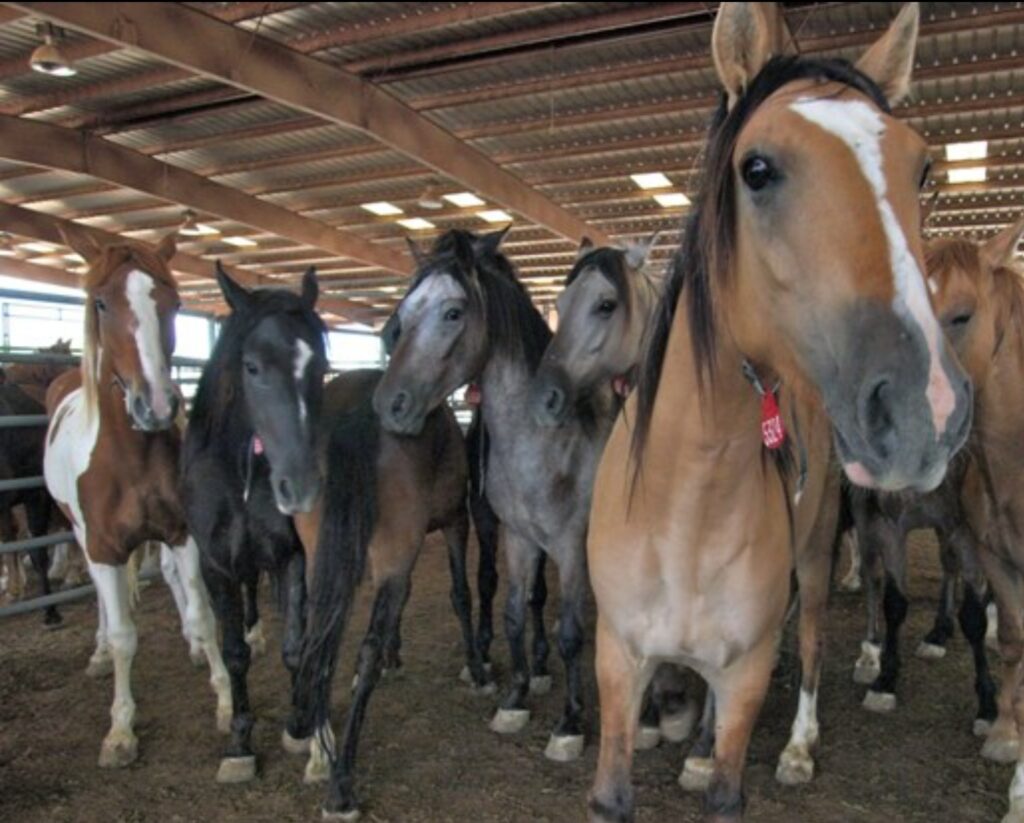
Put aside your judgment for a moment regarding people who buy and sell horses at auction and ship them for meat. These folks are motivated to make money, as this is how they make their living. Horses are more valuable as riding or companion animals, so there is greater motivation to find those kinds of buyers. If a horse has a chip or other possible identification as an owned animal, such as a lost report for a horse fitting that description, the rescue groups will often buy them using funds raised through donation campaigns. My breed, the Norwegian Fjord, is usually set aside and offered to a rescue group if it is in danger of going to slaughter.
Laws
As far as I can tell there is no requirement for microchipping of pleasure or companion horses in the US. Animal welfare advocates have been trying to pass legislation for years to require microchipping of dogs and cats with little success. Americans don’t much like being told what to do and in many cases are more likely to do something that benefits them if it is voluntary.
Also, the devil is in the details. Having worked on draft ordinances for animal control, I understand how these things work … and don’t work. The #1 question is who will enforce these laws? Will officers go door to door with a scanner to check everyone’s animals? Then what? Give them a citation to pay a fine or appear in court? Many animal welfare advocates agree that a much better use of resources is to provide microchipping for free or cheap to anyone who wants to protect their pet or horse.
Coggins test is required when crossing state lines in the US. I’ve had to do it when traveling to shows in Oregon and Nevada. Some states now require microchipping at the time of the Coggins test, and this makes sense. In theory one could test one horse then transport any other horses of a similar description without having to pay for additional tests. The chip number ensures that the paperwork matches the horse. That said, I have traveled up and down the West Coast a number of times and only been stopped for an inspection once, so I don’t know how well this system actually works.
Some competition organizations like the FEI and the USEF now require a chip for positive identification of each horse, and some breed registries like Nowegian Fjord Horse Registry (of the US) and the Jockey Club include the microchip number in their searchable pedigree database. The NFHR does require that horses being presented for evaluation be microchipped for positive identification. These are all best practices, but not laws.
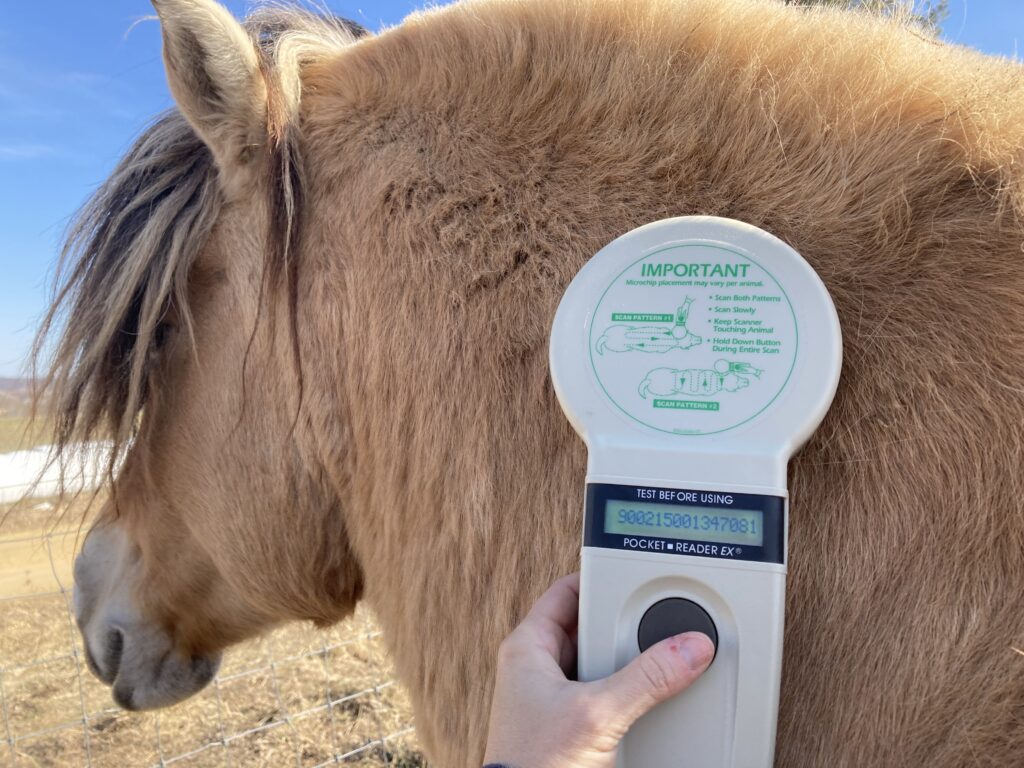
In the EU and the UK, microchipping of horses is compulsory, as is a horse passport, similar to a human passport with the inclusion of various identifying documents and medical records. The passport has been in use for a long time, but the addition of microchipping was mandated starting in the mid 2000’s. Ironically, the stated purpose of this legislation is for food safety, so the origins and medical history of any equine presented for slaughter are known. Whatever the intention, I’m sure registered microchips help keep European horses out of trouble and in their loving homes in many cases.
Brands and lip tattoos
What about brands or lip tattoos? While any form of ID is a plus, some are better than others. Not many horses are branded, and if they are, the brands can be difficult to trace. In my years in animal control we did, believe it or not, take in many stray horses. Some were picked up right away by owners while many others were never claimed. Brands were notoriously difficult to decipher, let alone use as ID. There are many thousands of brands registered in every state in the US. Some are registered to individuals, livestock companies, or breeders. Some of the European brands represent the breed registry, such as the Trakehner. All of these horses have the same brand. Some of the brands I saw were “drawn brands” from Mexico and impossible to trace.
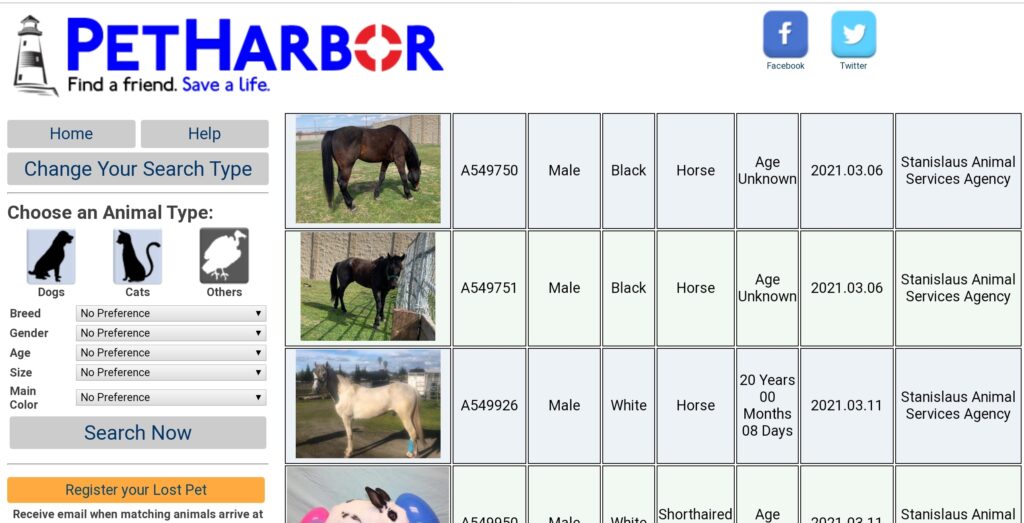
You may have seen the lip tattoos given to racing Thoroughbreds. They can be especially hard to decipher, as without a keen eye they look like green gobbledygook. At the shelter we took pictures so we could spend time looking at the tattoo without having to hold the annoyed horse’s lip open! There is a great example pictured in this article by the Foundation Equine Clinic. The Jockey Club keeps good records, so if you’re able to trace the tattoo you can discover the horse’s registered name and race history. This may be interesting, but if the horse is 15 years old it is unlikely to still be with the original owner from the racetrack.
How to get your horse chipped
Microchipping a horse is very different from a dog or cat so I do not recommend doing it yourself. You want to ensure that the chip is properly placed and that the injection does not injure your horse. Your equine veterinarian should be able to insert the chip quickly and painlessly.
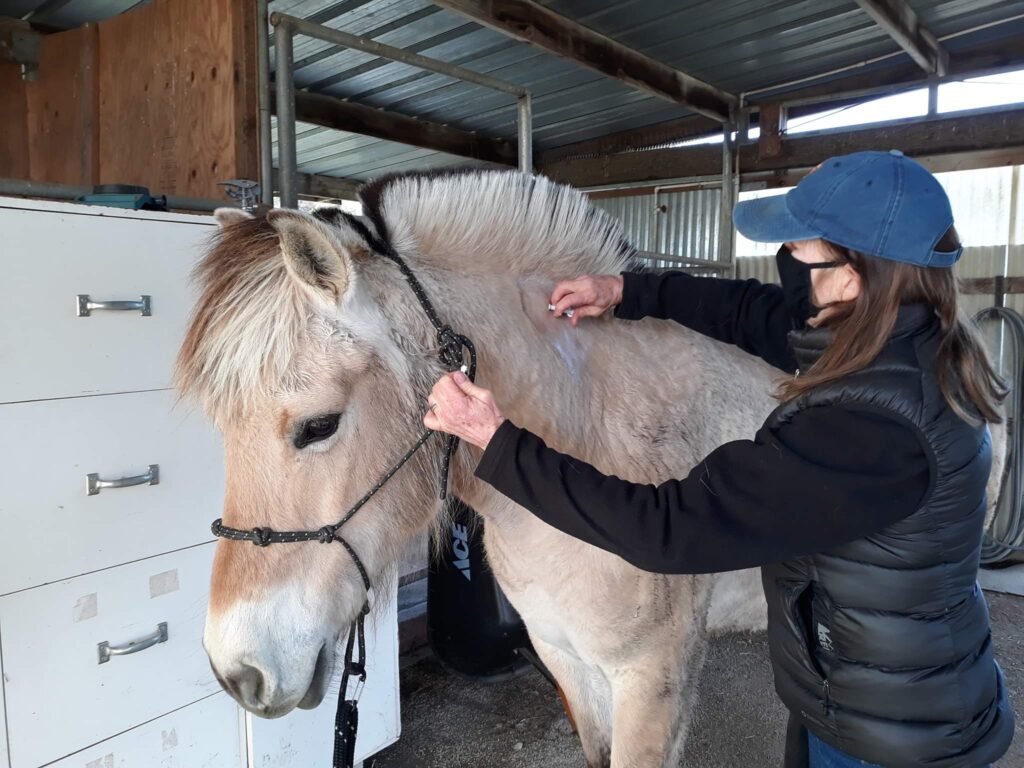
How to register the microchip
There are a dizzying array of microchip registries, more than 20 in the US and many more in other countries. If your horse is scanned and a chip is found, how will the finder know which registry to call? You can make this easier by registering with the most well known and easy to search databases.
Microchip ID Equine has in my opinion the best system for keeping horses safe. For $24.95 you get lifetime registration, a “virtual passport” where you can upload your horse’s documents for easy access, and a unique service called LifeTrac. With LifeTrac, you will be contacted if your horse ever runs into trouble, even if you are no longer the owner. You will remain an emergency contact for life. Just visit their website for quick and easy online registration.
Microchip ID Equine participates in a national search database called Equine Microchip Lookup. EML enables finders of stray horses or those seeking to track history of horses they purchased or adopted to find current or previous owner information.
I also recommend Free Pet Chip Registry. This is primarily for companion animals like dogs and cats, but it is free and easy. You can register any chip online in minutes.
Free Pet Chip Registry participates in Pet Microchip Lookup, a tool commonly used by animal shelters and other groups harboring found stray animals. This tool makes it much easier for the finder to track down information. Without it, they are trying to guess at the manufacturer of the chip then calling any number of the dozens of registries.
Myths and Misconceptions
Like everything else on the internet, there are a number of myths and misconceptions around microchipping. Here are some of the most common along with a tip that could save your horse’s life!
1) Microchips do not cause cancer. There, I said it. Proponents of this myth cite studies “proving” that cancerous tumors in animals started at the location where the chip was inserted. These studies involve lab animals, rats and mice, who are chipped for tracking purposes. If you’ve ever had rats or mice for pets you will know that they have very short lives, usually 2-3 years, and that if they live long enough THEY ALL GET CANCER. It’s why they are used for cancer research in labs. Saying the chip caused the cancer is ludicrous.
2) Microchips are not GPS. How we all wish this were true! Just insert a microchip and you can track your pet at any time. GPS requires a strong power source to function, and microchips are not connected to any power source. Think of the navigation feature on your mobile phone. It can drain the battery pretty quickly while in use, and your phone must be recharged every day.
3) You are not being tracked by the government via your pet’s microchip. I can’t believe I need to say this, but it is a belief that some folks hold. First of all, as previously mentioned, the chip has no GPS capability. Second, you already voluntarily allow any number of people and agencies to track you via your phone which is probably in your hand or pocket this very minute.
4) Your breed club is not a chip registry. Many people I spoke with when doing research on this subject stated that their horse’s chip was registered, but what they meant was with the breed registry. This is a good step to take, like adding your dog’s chip number to the license record, but it is not searchable by the general public. If your horse ends up in a bad situation, the chip can only be tracked if it is currently and correctly registered with a valid chip registry.
Your horse isn’t chipped? Call your vet today!
Your horse might be chipped? Get him or her scanned.
Your horse is chipped? Verify the number and check registration.

